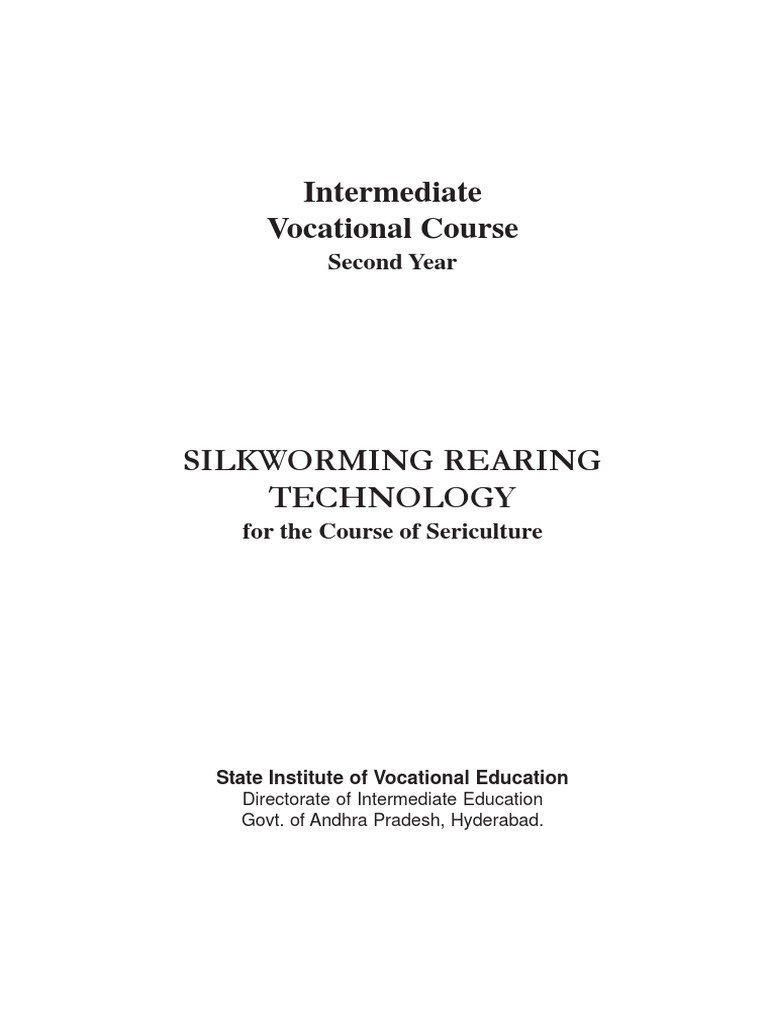
You might be thinking, “How do I get started with this?” The good news is that raising silkworms is simpler than you might think. With a little planning and the right materials, your classroom can become a mini silkworm farm. Not to mention, it can also spark a lot of great conversations about metamorphosis, ecosystems, and the silk-making process. So, let’s dive in and explore how you can successfully rear silkworms in your classroom.
Why Raise Silkworms in the Classroom?
Raising silkworms isn’t just a fun activity; it’s also a remarkable educational experience. Here’s the thing: when students engage with live animals, they often develop a deeper understanding of life cycles and ecosystems. Silkworms specifically have a fascinating biological process. They develop through four stages: egg, larva (caterpillar), pupa (cocoon), and adult moth. Watching this transformation can ignite curiosity and make lessons stick.
Moreover, silkworms offer a real-world application of scientific concepts. Students learn about genetics, nutrition, and environmental needs. For example, did you know that silkworms only eat mulberry leaves? This opens up discussions about food chains and the specifics of animal diets. Plus, the responsibility of caring for live creatures can help build empathy and teamwork among students. They learn to work together, sharing tasks like feeding and monitoring their silkworms’ growth.
Lastly, this project can tie into various subjects like math, art, and history. You can calculate growth rates, explore the history of silk production, or even get creative by making art projects inspired by the silkworm lifecycle. It’s a multi-faceted approach to learning that can energize your classroom!
Essential Supplies for Rearing Silkworms
To successfully rear silkworms, you’ll need some basic supplies. You might be wondering what exactly you need. Here’s a handy list to get you started:
- Silkworm eggs: These can be bought online or from specialty suppliers.
- Mulberry leaves: This is the primary food source for silkworms. Fresh leaves are best, but you can also use dried ones in a pinch.
- Containers: You’ll need trays or boxes that allow for good airflow. A simple plastic bin with holes works great.
- Temperature control: Silkworms thrive in warm, humid environments, ideally between 70°F and 80°F.
- Hygiene supplies: Cleaning tools to maintain a sanitary environment are essential to prevent diseases.
Having the right supplies means that you’ll set your silkworms up for success. Remember to check each item off your list before starting. You don’t want to find yourself in the middle of the project without the necessary materials!
Steps to Get Started with Silkworm Rearing
Getting started with silkworms is straightforward. Here’s a step-by-step approach that you can follow:
1. **Prepare the Container**: Choose a container that’s clean and has good ventilation. Make sure it’s large enough for your silkworms to grow comfortably.
2. **Set Up the Environment**: To create a warm and humid environment, place a damp sponge in the container. This will help maintain moisture levels, which silkworms need to thrive.
3. **Introduce the Eggs**: Carefully place the silkworm eggs in the container. They need space to hatch and grow, so give them some room!
4. **Feed Them**: Once the silkworms hatch (usually within a week), start feeding them mulberry leaves daily. Be generous but monitor how much they eat to avoid excess waste.
5. **Monitor Growth**: Silkworms grow quickly, shedding their skins multiple times before forming cocoons. Document their progress to engage students in observations.
6. **Harvesting Cocoons**: Once the silkworms form cocoons, you can discuss the silk production process. If you want to take it a step further, you can demonstrate how silk is harvested and spun into threads.
This hands-on approach not only teaches biology but also makes learning fun! Students will be excited to see how their silkworms change, and they’ll likely get involved in caring for them, leading to a sense of ownership.
Overcoming Common Challenges
While raising silkworms is generally easy, there can be challenges along the way. Let’s look at a few potential hiccups and how to handle them:
– **Temperature Fluctuations**: Silkworms are sensitive to temperature. If it gets too cold or too hot, they might become lethargic or stop eating. Keep a thermometer in your container to monitor their environment.
– **Feeding Issues**: If your silkworms aren’t eating, check the quality of the mulberry leaves. Are they fresh? Are there pests on the leaves? Silkworms can be picky eaters, so always provide clean, healthy food.
– **Hygiene Concerns**: Keeping their environment clean is crucial. Too much waste can lead to mold or diseases that could wipe out your silkworms. Regularly clean their container and replace food to prevent these issues.
– **Cocoon Formation**: Sometimes, silkworms might not form cocoons properly. Ensure they have enough space and the right conditions to spin their silk. It’s part of the learning curve, so don’t get discouraged!
If you encounter a problem, encourage students to brainstorm solutions. It’s a great way to engage them critically and gives them a sense of responsibility in the project.
Integrating Silkworms into Classroom Learning
Raising silkworms can seamlessly fit into multiple subjects. Here’s how you can integrate this project into your curriculum:
– **Science**: Dive into biology topics like life cycles, metamorphosis, and ecosystems. Discuss why silkworms are important to the environment and how they interact with plants.
– **Math**: Use the growth of silkworms to teach measurements and calculations. You can track their growth weekly and represent that data in graphs.
– **Art**: Encourage creativity by having students create artwork based on what they’ve learned. They could illustrate each stage of the silkworm lifecycle or make crafts using silk.
– **History**: Explore the history of silk and its significance in trade and culture. You might even have a lesson on the Silk Road and its ancient importance.
By interweaving silkworm rearing with different subjects, you create a rich, engaging learning experience that keeps students active and invested.
Raising silkworms in the classroom is more than just an activity; it’s an adventure that can inspire curiosity and responsibility among students. With a bit of preparation, you can turn your classroom into a nurturing environment where kids discover the wonders of nature. Whether they’re watching the tiny eggs hatch or documenting the silkworms’ growth, every step will bring excitement and learning.
So, what do you think? Are you ready to give this unique project a try? It doesn’t matter if you’re a seasoned teacher or new to the field—this hands-on experience can offer something valuable for all. By engaging in this project, students not only learn about biology but also about life, teamwork, and the beauty of nature’s processes. Happy rearing!

